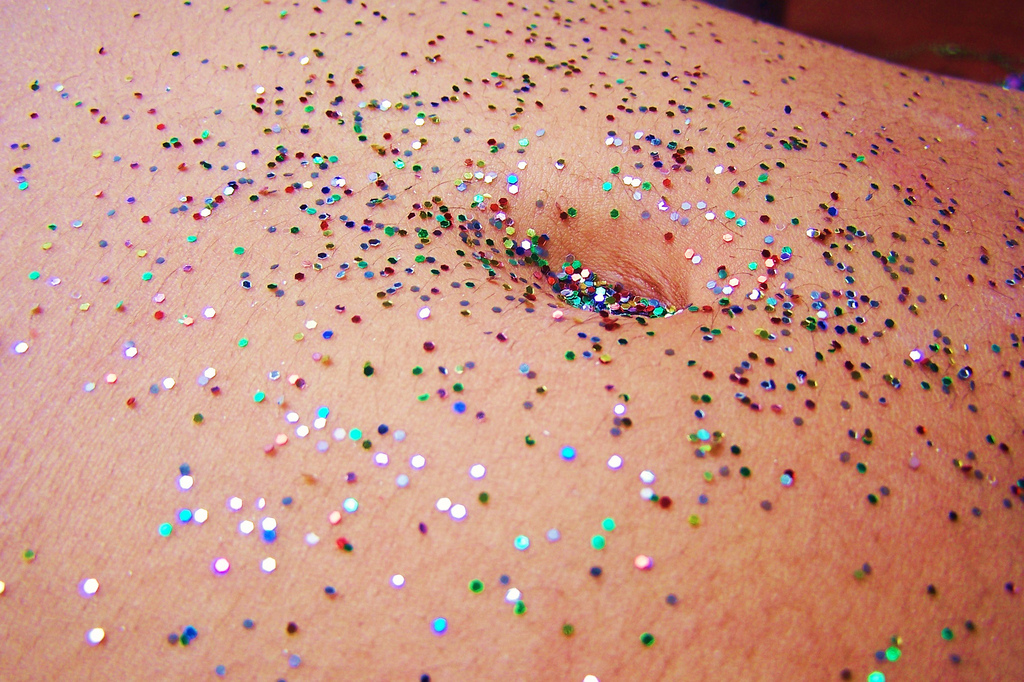For ancient civilizations, the navel was not only an object of desire associated with beauty, but was also a part of the body to which powers were attributed such as healing and giving a person a sense of belonging to a place.
In memoriam. Gutierre Tib (1905-1999).

Robert Dz. Pen sula 360 Press [P360P].
Part of an ancient tradition, the navel of newborns is buried by some indigenous peoples. Like the inhabitants of San Pedro Cholula, who buried the navel of women in the kitchen stove so that women would stay at home sensibly, or they would smear it with honey so that when they grew up they would be sweet and tender. The navel of boys was buried in the backyard if the father was a farmer; on the other hand, if the father was a warrior, then it had to be taken to the battlefield, because they believed that the stump was part of the body and that the destiny of the child would directly influence it.
The Cholutecas soaked the navel in water; then, they poured a few drops of water into the eyes of infants to also cure the
